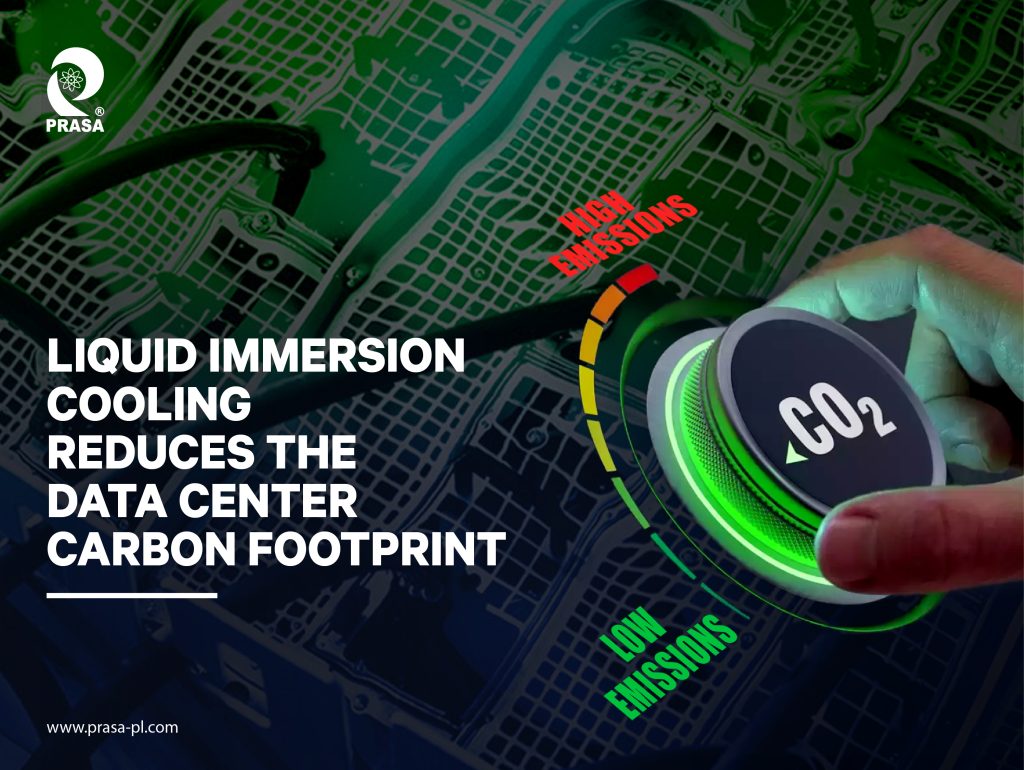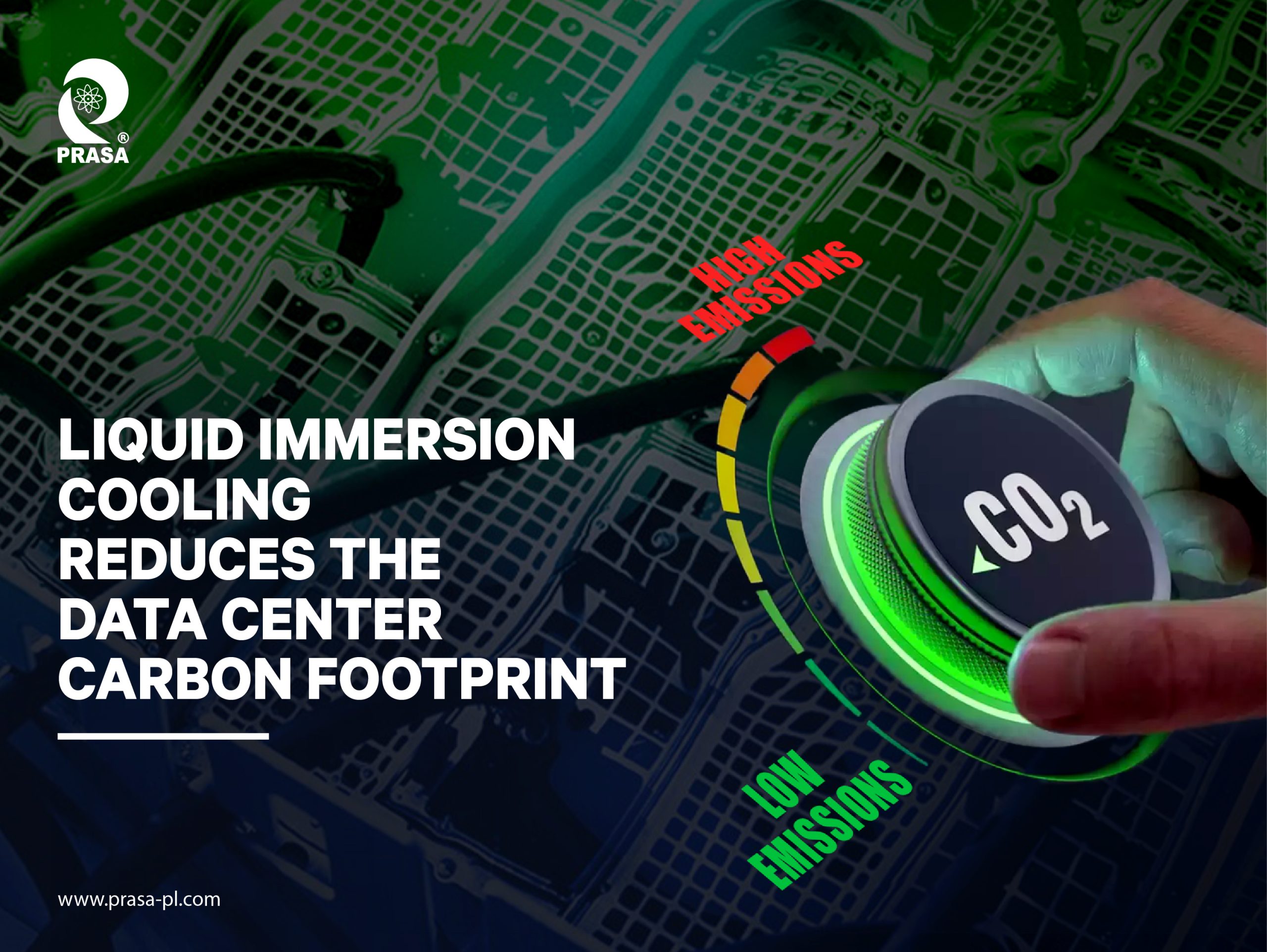
Liquid immersion cooling has the potential to reduce the carbon footprint of data centers. This is because traditional air cooling methods in data centers require large amounts of energy to cool the servers, which contributes to significant carbon emissions. In contrast, liquid immersion cooling can reduce energy consumption and therefore, carbon emissions in several ways:
- Higher energy efficiency: Liquid immersion cooling can be up to 95% more energy-efficient than air cooling, reducing the amount of energy needed to cool the servers. This can result in a significant reduction in energy consumption and associated carbon emissions.
- Increased server density: Liquid immersion cooling allows for higher server density per unit of floor space, reducing the need for additional data centers and related infrastructure. This reduces the carbon footprint associated with the construction and operation of additional data centers.
- Reduced water consumption: Traditional cooling systems use large amounts of water for cooling purposes, which can put a strain on local water resources. In contrast, liquid immersion cooling typically requires little to no water for cooling, reducing the environmental impact associated with water consumption.
Overall, the adoption of liquid immersion cooling in data centers has the potential to significantly reduce energy consumption, carbon emissions, and water usage associated with data center operations. However, it’s important to note that the initial investment costs of implementing liquid immersion cooling may be higher than traditional air-cooling methods.

